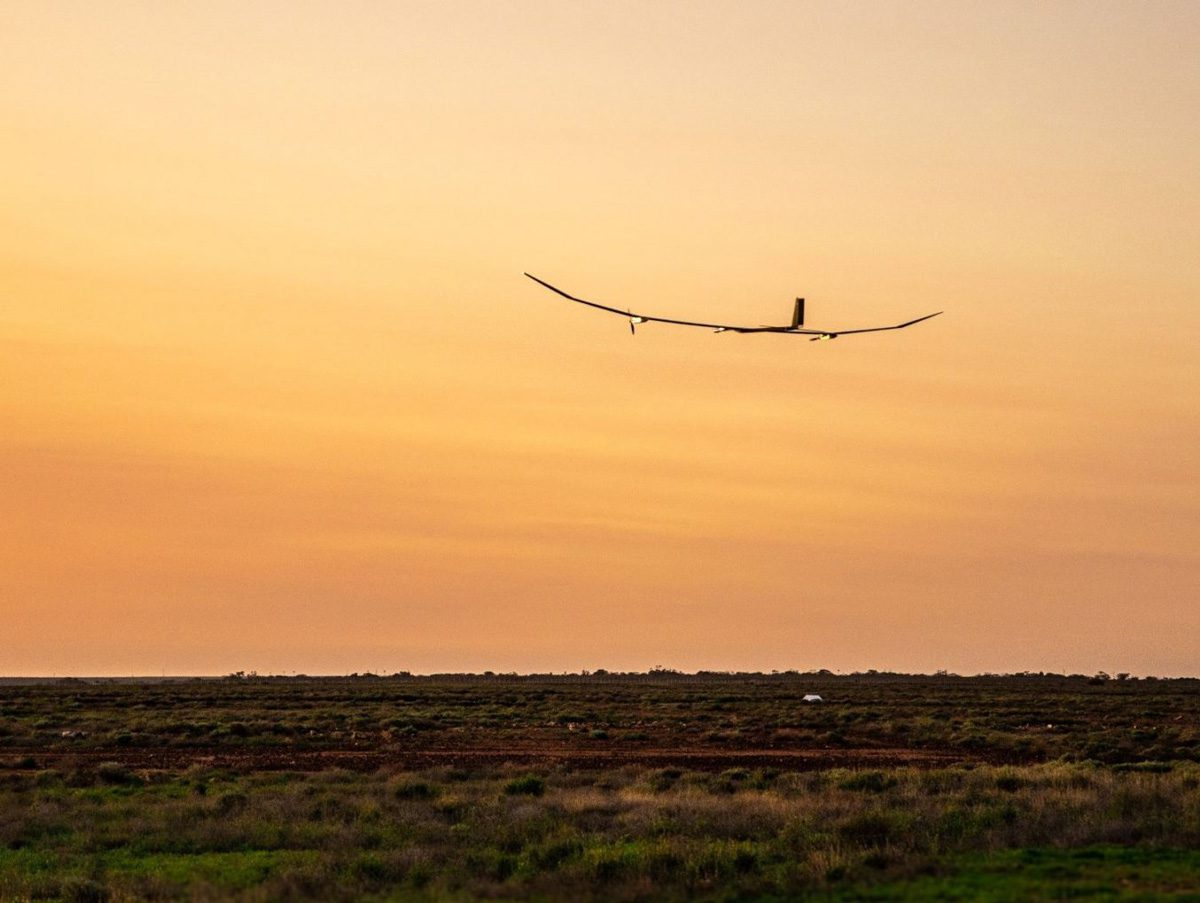Prismatic and BAE have completed the first successful test flight of the PHASA-35 High Altitude, Long Endurance UAV (HALE UAV). The aircraft completed a full range of critical functional and performance tests before being successfully landed ready for the next phase of longer endurance testing.

This first full scale flight trial was undertaken at the Woomera test range in South Australia working with the UK DSTL and Australian DST and 20 Squadron, who are investigating the use of high altitude platforms for a range of defence and security applications.
The critical features of solar powered HALE UAV are the efficiency of flight, propulsion and power systems that can enable the aircraft to maintain flight at high altitude using minimum power. During this first flight the aerodynamics, propulsion and power efficiency were all demonstrated to be exactly as expected, validating the system performance enabling persistent high altitude operation. Additionally, the aircraft was operated under full autonomous flight control, including precise landing in the face of significant side winds, demonstrating the fundamental robustness of the PHASA-35 design.
With both prototype vehicles available for further flight testing, the HALE UAV team will now prepare for the next set of flight tests expanding the test envelope and allowing the test of other payloads.
Piran Composites are a key supplier of aerostructures and flight critical composite components to Prismatic/BAE Systems and the PHASA-35 aircraft. We at Piran Composites would like to extend our congratulations on the outstanding result to both Prismatic and BAE Systems.

